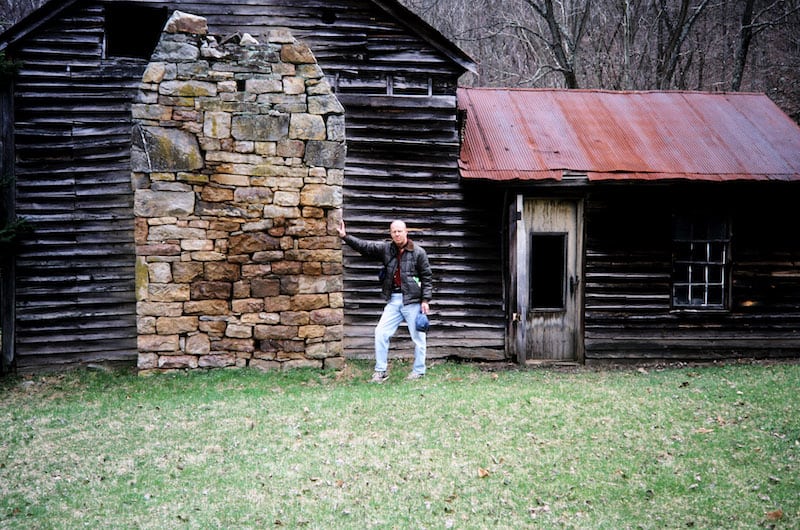It was about 1966. My Dad and I were canoeing down the Cacapon River. We stopped for lunch at a cabin site with a large mowed lawn. While we were sitting there, an older gentleman approached us. Dad asked if it was alright for us to eat there. Mr. Dearolph introduced himself, and we had a pleasant conversation. My dad asked if there was any chance he would be interested in selling a few acres of his land. Mr. Dearolph didn’t tip his hand on that, but he and my dad did exchange contact information.
Within the year, Mr. Dearolph contacted my dad and said that he and his wife were interested in selling the entire parcel to the right buyer. He said that the deed indicated the acreage was “400 acres more or less.” He did not want to sell it to anyone who had an alcohol problem. He asked my dad how much alcohol he consumed on a regular basis. My dad was not much of a drinker, so he passed that test. Then Mr. Dearolph said that he would like to be able to continue visiting Seldom Seen a couple of times a year with his buddies as long as his health allowed him to do so. This was fine with my dad.
My dad didn’t know how to approach the price and what to offer. The assessed value was $4,700, which was $4,000 for the land and $700 for the cabin. The going price for land should have been three times as much as the assessed value.
My dad wrote to Mr. Dearolph and suggested they start with the assessed value as a point to begin the negotiations. Mr. Dearolph wrote back and said $4,700 suited me just fine. My dad did not expect such a low price for the land. In fact, he had asked his friend Doyle Innis to go in on it with him, 50:50. So we had the land surveyed, and it came to 525 acres, which we split with the Innis family. We each got 1/2 mile of riverfront. Doyle’s half was split into two parts, and ours was one chunk. That is how we ended up with our 262 acres at $7.62 per acre. Quite unbelievable.
— Jack Hodges, Hampshire County conservation easement landowner


